Tokyo Comic Con 2024 will be held from Friday, December 6 to Sunday, December 8, 2024, at the Makuhari Messe in Chiba, Japan. This event features many attractions, including celebrity photo sessions, autograph signings, panels, cosplay contests, and an Artist Alley showcasing creators from various fields. Dive into the world of Comic-Con, cosplay, and anime at Tokyo Comic-Con 2024 for an unforgettable pop culture celebration.
How much do you know about Comic-con and how it started?
What is Comic-Con?
Comic Convention (‘Comic-Con’) is a large convention that celebrates various aspects of pop culture, including comic books, movies, TV shows, video games, cosplay, collectables, and more. It is a platform for fans, creators, and industry professionals to unite, share their passion, and showcase their work.
Comic-Con events are hosted in various cities and areas, including San Diego, New York City, London, Tokyo, and São Paulo. The history of Comic-Con is a fascinating journey from small gatherings of comic book fans to massive global events celebrating all aspects of pop culture. Here’s an overview:
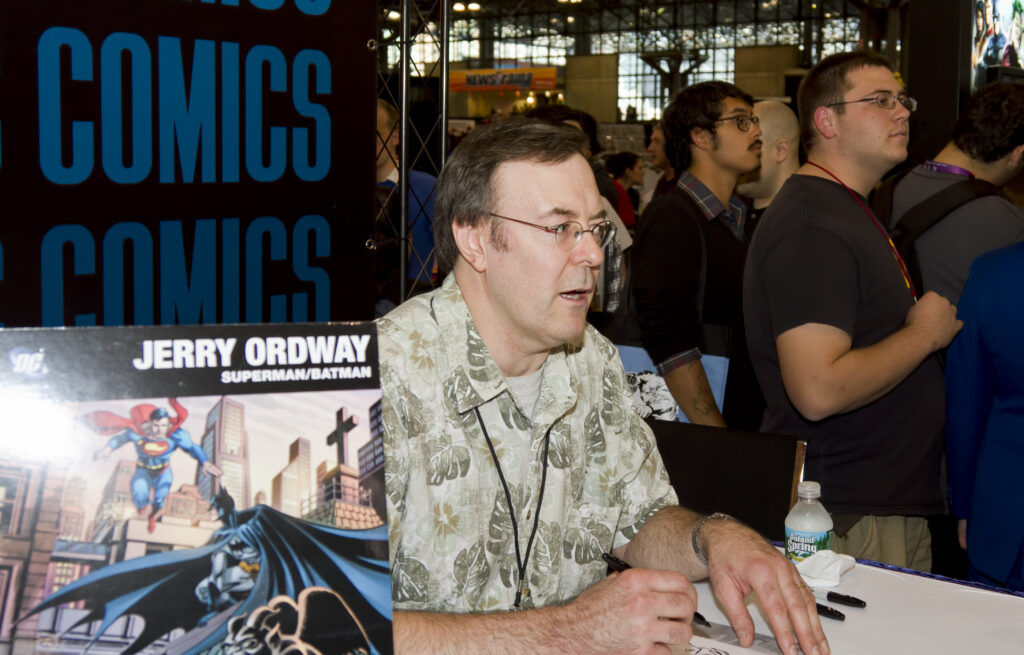
Brief history of Comic-Con: Beginning
Comic book fandom began to coalesce in the 1960s, as fans started organizing meetups to share their love for the medium. The first proto-Comic-Cons were small gatherings focused on trading comics, meeting creators, and discussing the industry.
The first Comic-Con was the New York Comic Book Convention, held in 1964. This Comic-Con was organized by a group of comic book fans including Bernie Bubnis and future Marvel writer Len Wein, and attracted around 100 guests, who were mainly comic book dealers or artists.
Then, in 1970, Golden State Comic Book Convention was founded by Shel Dorf, Ken Krueger, and Richard Alf in San Diego, California. Attendance was modest, with around 300 fans, but it featured notable guests like Jack Kirby and Ray Bradbury. This Comic-Con soon grew into the industry-dominating San Diego Comic-Con International (SDCC) we know today, now attracting 130,000 or more attendees in the three-day show.
https://www.comic-con.org/ (San Diego Comic-Con)
During the 1980s, Comic-Cons expanded beyond comics to include sci-fi, fantasy, movies, TV, and collectibles. SDCC began featuring Hollywood panels and became a hub for pop culture announcements.
In the 1990s, anime and video games became integral to the convention scene, reflecting a diversification of fan interests. Comic-Cons became globalised, and events were also held in Europe and Asia.
Hollywood’s Involvement (2000s) and Cosplay gaining popularity
Starting in the early 2000s, studios realized the potential of Comic-Cons as platforms to promote blockbuster films and TV shows. SDCC became a critical venue for unveiling trailers, hosting celebrity panels, and generating buzz for franchises like Star Wars, Marvel Cinematic Universe, and Game of Thrones.
Cosplay (costume play) became a defining feature of Comic-Cons, with fans dressing as their favorite characters and participating in competitions.
Today, Comic-Cons are held worldwide, attracting millions of fans annually. Events like CCXP in Brazil and Comic Market in Japan became rivals to SDCC in size and scope.
Popular Comic-Cons in the World
North America
- San Diego Comic-Con International (SDCC)
- Location: San Diego, California, USA
- Attendance: ~135,000 annually
- Highlight: The biggest Comic-Con in the U.S., known for exclusive movie/TV trailers, celebrity panels, and major announcements from Marvel, DC, and more.
- New York Comic Con (NYCC)
- Location: New York City, New York, USA
- Attendance: ~200,000 (2022)
- Highlight: Known for a strong emphasis on comics, cosplay, and panels, rivaling SDCC in size and importance.
- Fan Expo Canada
- Location: Toronto, Ontario, Canada
- Attendance: ~130,000 (pre-pandemic)
Highlight: The largest pop culture convention in Canada, featuring comics, sci-fi, anime, and video games.
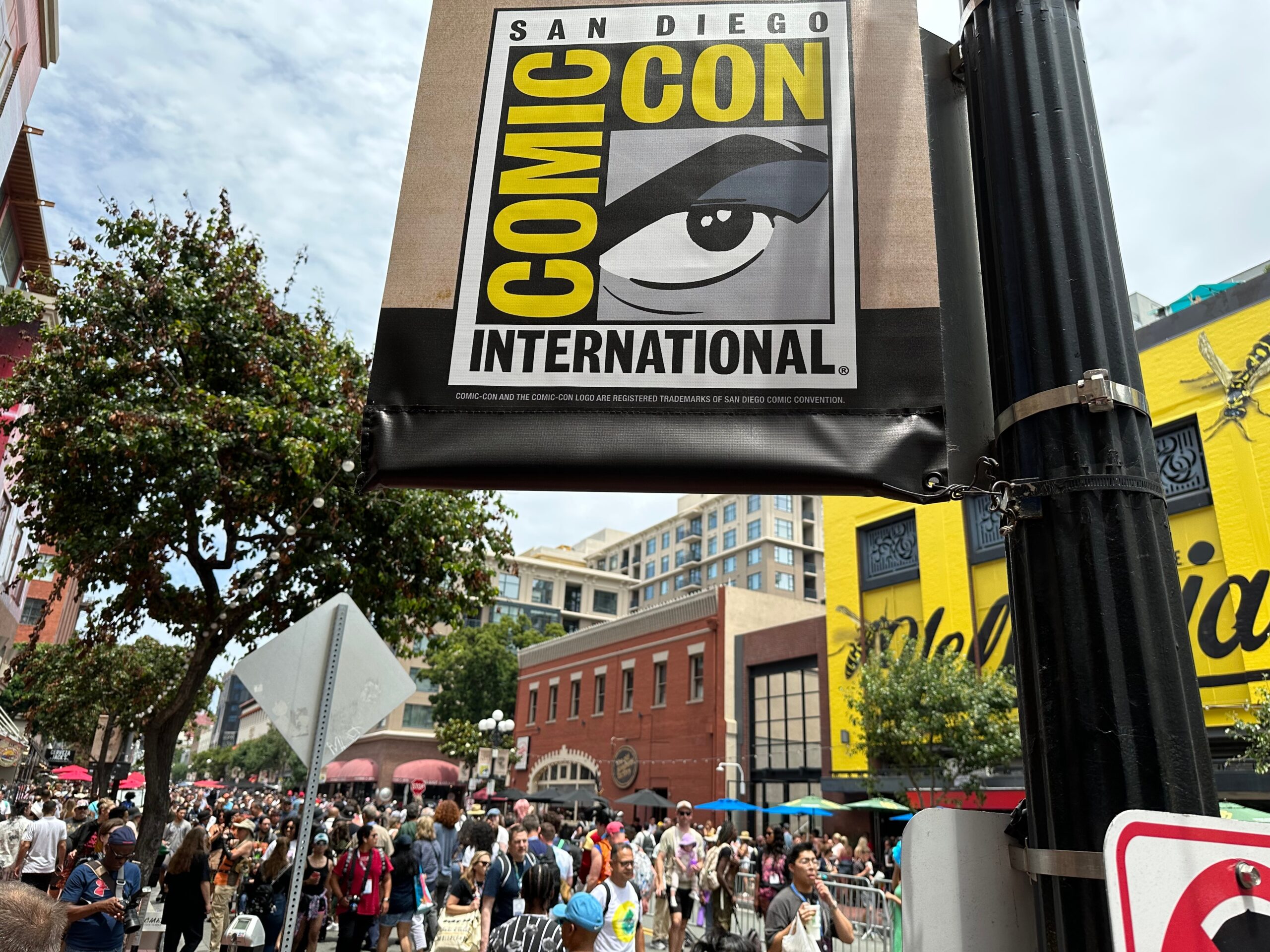
Europe
- MCM Comic Con
- Location: London, UK
- Attendance: ~130,000 (2023)
- Highlight: Europe’s largest Comic-Con, focusing on anime, video games, movies, and cosplay.
- Lucca Comics & Games
- Location: Lucca, Italy
- Attendance: ~320,000 (2022)
- Highlight: A unique convention held in a medieval city, blending comics, games, and cosplay with cultural events.
- Angoulême International Comics Festival
- Location: Angoulême, France
- Attendance: ~200,000 annually
- Highlight: Focuses primarily on comic art and creators, celebrating both mainstream and independent comics.
Asia
- Tokyo Comic Con
- Location: Tokyo, Japan
- Attendance: ~70,000 annually
- Highlight: A mix of Western and Japanese pop culture, featuring Hollywood celebrities alongside anime and manga.
- Comic Market
- Location: Tokyo, Japan
- Attendance: ~750,000 per event (summer and winter)
- Highlight: Focused on self-published works (doujinshi), this is the largest fan-driven event in the world.
- AsiaPOP Comicon (APCC)
- Location: Manila, Philippines
- Attendance: ~30,000 annually
- Highlight: A rising convention with a mix of Western and Asian pop culture.
South America
- Comic Con Experience (CCXP)
- Location: São Paulo, Brazil
- Attendance: ~280,000 (2022)
- Highlight: One of the largest Comic-Cons globally, with major Hollywood and pop culture presence.
Australia
- Oz Comic-Con
- Location: Various cities across Australia
- Attendance: ~25,000 per city annually
- Highlight: Covers a broad range of fandoms, including comics, anime, and gaming, with a strong focus on community.
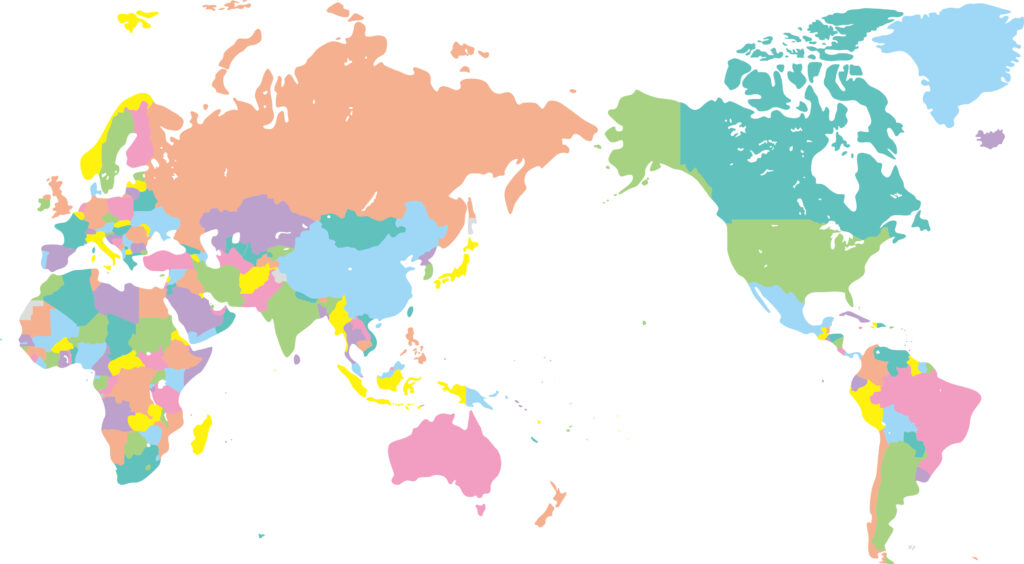
Tokyo Comic-Con 2024
In December 2024, Tokyo will host Comic Con (Tokyo Comic-Con 2024), a prominent pop culture convention in Japan. It is modelled after the famous San Diego Comic-Con but adapted to Japan’s unique cultural interests, making it a hub for fans of comics, movies, anime, gaming, and cosplay.
Tokyo Comic Con 2024 starts from December 6 (Fri) and ends December 8, 2024 (Sun), at Makuhari Messe in Chiba, Japan. The event will run from 11:00 AM to 7:00 PM on Friday, 10:00 AM to 7:00 PM on Saturday, and 10:00 AM to 6:00 PM on Sunday.
This year’s convention will feature appearances by international celebrities, including Jude Law, Benedict Cumberbatch, Josh Brolin, Christopher Lloyd, and Daniel Logan. Attendees can enjoy a range of activities, such as corporate exhibits, cosplay interactions, “Artist Alley” for creative works, and photo and autograph sessions (tickets for these sessions are sold separately). The event celebrates pop culture, including movies, comics, and gaming.
Tickets are available as 3-day passes for ¥9,900 or single-day passes starting at ¥4,400 in advance (discounts apply for younger attendees). The venue offers an immersive experience for fans of fantasy and sci-fi.
Comic-Cons in Japan
The history of Comic-Con (or Comic-Con style events) in Japan differs significantly from those in the West since Japan’s Comin-cons primarily focus manga, anime, and doujinshi (self-published works) rather than American comic books. Below is a timeline of how similar conventions developed in Japan:
1970s: The Birth of Comic Market (‘Comiket’)
A small group of manga fans held the first Comic Market (called ‘Comiket’) in Tokyo in 1975. Comiket focused on doujinshi (self-published print works, such as magazines, manga, and novels) and became a space for fans to create, sell, and exchange self-published works.
Comiket attracted around 700 guests in its first year. Initially, Comiket was niche, emphasising on grassroots fan communities and alternative manga styles.
By the 1980s, manga and anime conventions began gaining popularity, reflecting the growing influence of Japanese pop culture. Comiket grew steadily, becoming the largest fan convention in the world. By the late 1990s, it attracted over 200,000 guests, including creators, fans, and industry professionals.
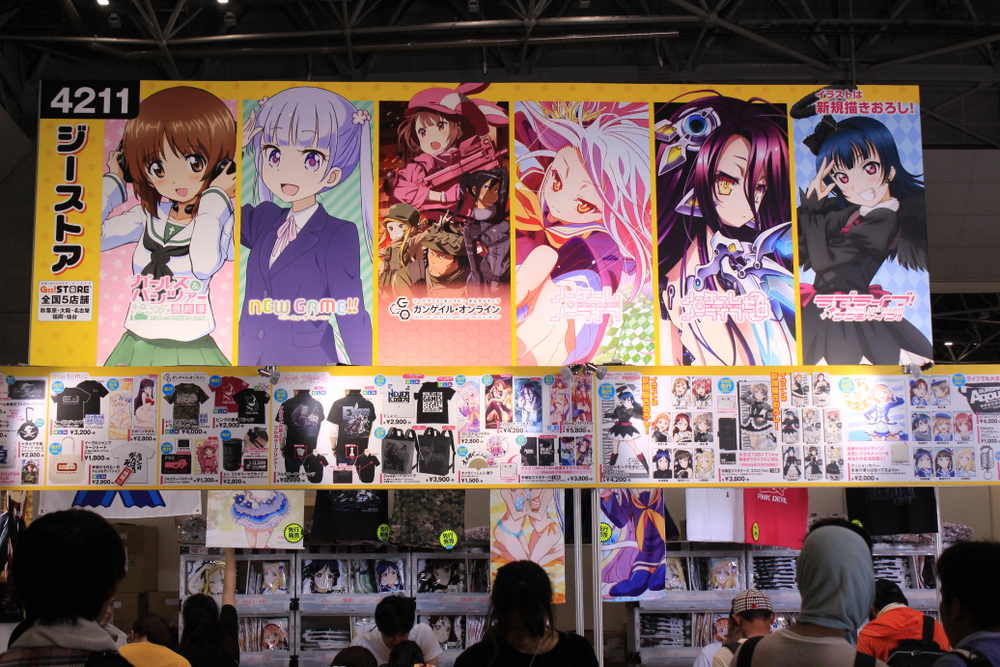
2000s: Expanding Scope and Pop Culture
AnimeJapan (formerly Tokyo International Anime Fair) emerged as a prominent industry-focused convention in 2002. It focuses on showcasing anime productions, with screenings, panels, and merchandise.
Western-style conventions also began to influence Japan, leading to events like:
Tokyo Comic-Con (established in 2016):
Inspired by San Diego Comic-Con, it incorporated Western comics, movies, and gaming while embracing Japanese pop culture. It featured celebrities from Hollywood, cosplay contests, and panels.
Cultural Differences in Japanese “Comic-Con” Events
- Focus on Doujinshi and Fan Creations: Unlike Western Comic-Cons, Japan’s Comiket emphasizes fan-driven content, especially self-published manga.
- Professional Integration: AnimeJapan and Tokyo Comic-Con focus on industry professionals and international collaborations.
- Cosplay Culture: Japan’s conventions were early adopters of cosplay as a significant part of their identity, influencing global cosplay trends.
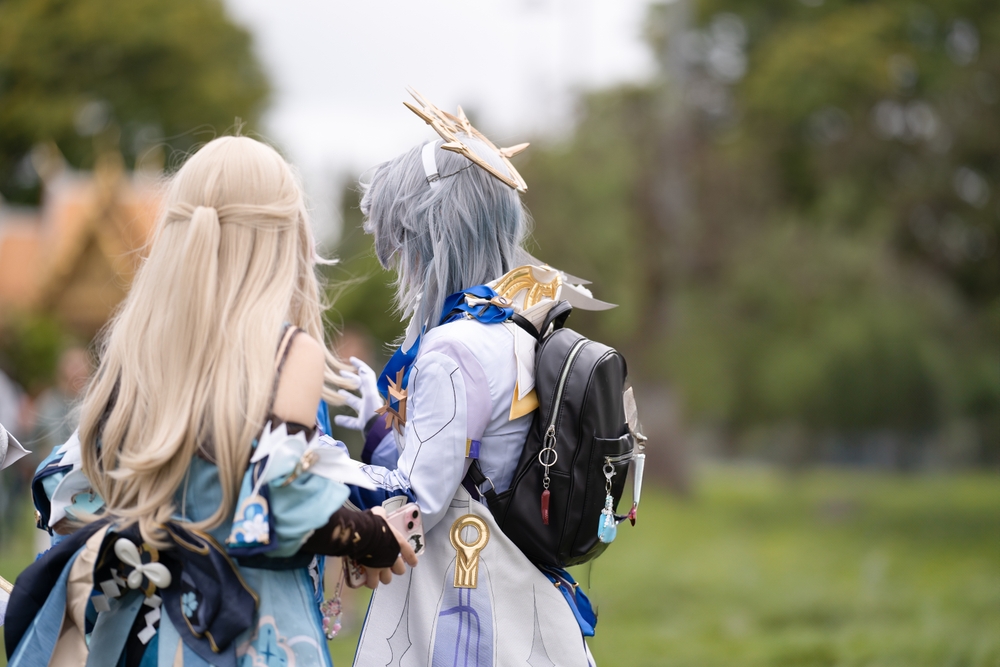
Modern Comic-Con Events in Japan
- Comiket: Held in summer and winter at Tokyo Big Sight, with over 500,000 attendees per event.
- Tokyo Comic-Con: A hub for Western and Japanese pop culture, featuring stars like Tom Hiddleston and creators from both industries.
- AnimeJapan: A flagship event for anime promotion, attracting global fans and media attention.
Global Influence
Japan’s manga and anime culture, embodied in events like Comiket, influenced Western conventions by expanding interest in Japanese media, inspiring events such as Anime Expo (U.S.) and MCM London Comic Con. Conversely, Western-style events like Tokyo Comic-Con reflect a fusion of global pop culture in Japan.
Japanese comics/ ‘manga’
Now, I’d like to briefly explain the history of comic books in Japan. They span centuries and reflect Japan’s cultural, artistic, and societal evolution.
- Chōjū-giga Scrolls (12th Century)
- Often cited as the earliest example of manga-like storytelling.
- Created by Buddhist monks, these scrolls depict humorous animals in human-like situations.
- Focused on sequential art and visual humor, laying the groundwork for manga storytelling.
- Edo Period (1603–1868)
- Ukiyo-e Prints:
- Popular woodblock prints featured everyday life, mythology, and kabuki actors. Artists like Hokusai created the term “manga” (meaning “whimsical drawings”) in the 19th century.
- Toba-e and Kibyōshi:
- Toba-e (satirical drawings) and Kibyōshi (illustrated storybooks) combined text and illustrations, akin to modern manga.
- Ukiyo-e Prints:
- Meiji Period (1868–1912)
- Western influence introduced modern printing techniques and storytelling styles.
- Satirical magazines like The Japan Punch featured political and societal cartoons, blending Japanese and Western art styles.
Modern Manga (20th Century Onward)
Early 20th Century (1910s–1930s)
- Rise of Serialized Comics:
- Manga started appearing in children’s magazines, inspired by both Japanese and Western comics.
- Notable artists: Rakuten Kitazawa, considered one of the first professional manga artists.
- Shift Toward Storytelling:
- As Japan modernized, manga reflected societal changes and embraced longer narratives.
- Genres began diversifying, focusing on adventure, humor, and morality tales.
Post-War Era (1945–1960s)
- The Birth of Modern Manga:
- After World War II, Japan’s manga industry surged as a form of affordable entertainment.
- Osamu Tezuka, often called the “God of Manga,” revolutionized the medium with cinematic techniques and complex storytelling.
- Astro Boy (Tetsuwan Atom) (1952): One of the first science fiction manga, later adapted into Japan’s first animated TV show.
- Tezuka’s works inspired both shōnen (boys) and shōjo (girls) manga styles.
- Manga Magazines:
- Weekly or monthly manga anthologies like Shōnen Magazine and Shōnen Sunday gained popularity, allowing serialized storytelling.
Golden Age of Manga (1970s–1980s)
- Genre Expansion:
- Manga diversified into distinct demographics:
- Shōnen (Boys): Action, adventure, sports (e.g., Dragon Ball, Captain Tsubasa).
- Shōjo (Girls): Romance, fantasy, and complex emotions (e.g., The Rose of Versailles, Sailor Moon).
- Seinen (Adult Men) and Josei (Adult Women): Mature themes, often psychological or realistic (e.g., Akira, Nana).
- Manga diversified into distinct demographics:
- Creators Revolutionize Storytelling:
- Artists like Go Nagai (pioneering mecha with Mazinger Z) and Rumiko Takahashi (romantic comedies like Urusei Yatsura) became household names.
- Global Influence:
- Manga began to attract attention outside Japan, with translations appearing in the U.S. and Europe.
- Anime adaptations, like Speed Racer and Akira, fueled interest in Japanese pop culture.
Modern Manga (1990s–Present)
- Global Phenomenon:
- Iconic series like One Piece, Naruto, and Attack on Titan achieved massive international success.
- Manga-inspired styles influenced Western comics and media.
- Digital Transformation:
- Web manga and digital platforms like Webtoon and Pixiv made manga accessible globally.
- Series like Demon Slayer broke records in both manga sales and anime box office.
- Cultural Recognition:
- Manga has been acknowledged as a significant art form, with exhibitions in museums worldwide and prestigious awards like the Osamu Tezuka Cultural Prize.
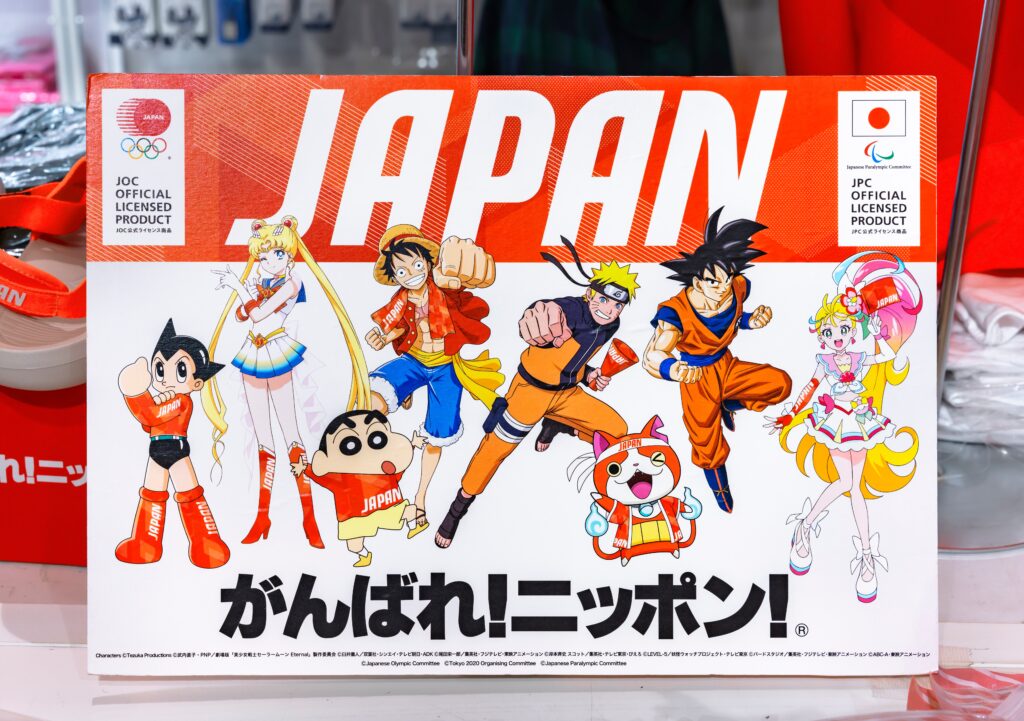
Key Characteristics of Manga
- Art Style: Emphasis on expressive characters and detailed backgrounds.
- Storytelling: Flexible formats, ranging from short stories to epics.
- Genres and Demographics: Diverse categories tailored to specific audiences.
- Integration with Anime: Manga often serves as a blueprint for popular anime adaptations.
Manga has evolved from whimsical scrolls to a global cultural powerhouse, deeply influencing storytelling and visual art across the world.
Information of Tokyo Comic-Con 2024
Dates & Time
December 6 (Fri) 11:00 AM to 7:00 PM
December 7 (Sat) 10:00 AM to 7:00 PM
December 8 (Sun) 10:00 AM to 6:00 PM
Venue Makuhari Messe in Chiba https://www.m-messe.co.jp/en/ (Makuhari Messe website)
Access by train
– Approx. a 5-minute walk from Kaihimmakuhari Station on the JR Keiyō Line (approx. 30 minutes on the rapid train from Tōkyō Station)
– Approx. a 20-minute walk from Makuharitoyosuna Station on the JR Keiyō Line
Access by bus
– Approx. 17 minutes by bus for Makuhari Messe Chuo from Makuharihongō Station on the JR Sōbu Line or Keisei Line
For more information, you can visit the official Tokyo Comic Con website
